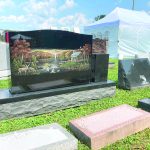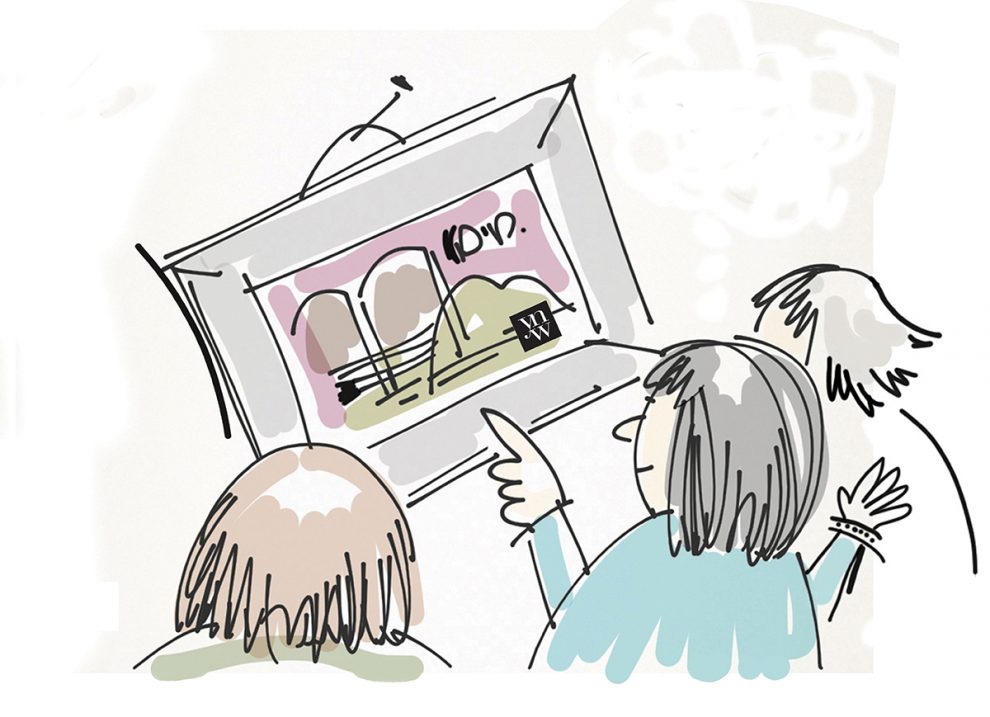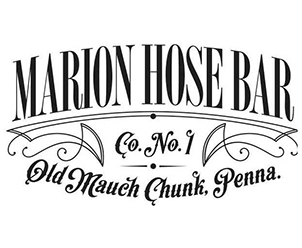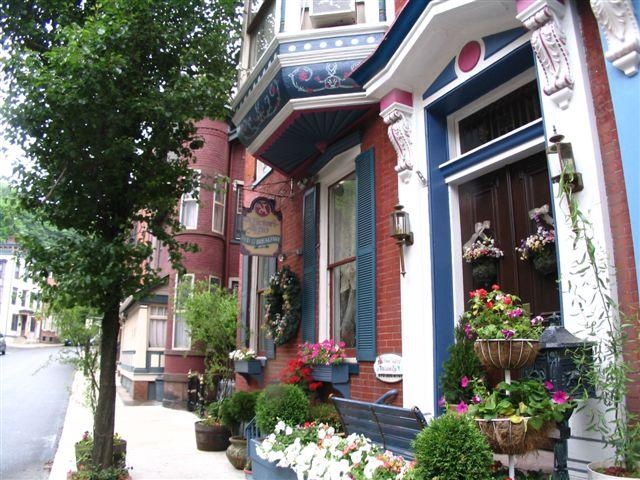By Yvonne Wright • The Current Contributing Writer
Art galleries disarm us. They help us to forget… that we have forgotten who we are. (Donald Preziosi, 2011)
In recent decades, art galleries in the United States have been identified as amongst the most popular and frequently visited tourist destinations. The popularity of these guardians of cultural expressiveness may not be based entirety on their apparent educational significance; rather, it is for the most part an outcome of various local initiatives that aim at securing their towns’ illustrious past with future economic stability. The prevalent trend in the current ‘experience economy’ is to focus heavily on a strong and artistically enriched town-identity, where the presence of art galleries and artist-run studios is much welcomed, even paramount in some instances, to continual efforts towards recovery and growth of many successfully reinvented American towns.
Collectively important, along with other tourist-supporting services, art galleries, film festivals and music performances have been at the forefront of the ‘experience economy’ of the twenty-first century. While the strongly sensorial play offered by picturesque towns like Jim Thorpe may collide at times with the creative ingenuity and ideological pragmatism of business leaders, and subvert the towns’ otherwise reflective and historically unimposing character, the shifting of small towns’ modes of operation towards performative and entertaining appears socially and economically wise, with long term rewards.
Many small towns in Pennsylvania have positioned themselves squarely at an intersection of prevailing moods of the world economy and politics, within which diverse communities seek to maintain a thriving duration. This seemingly up-hill battle has been recognized eloquently by contemporary artists in the context of adopting, rather than challenging, local business environments, and by offering an important role in their towns’ regeneration efforts, one that supports tourism and commerce. Artists’ studios offer utilitarian, functional and fun public spaces full of visual anecdote. Artists themselves seek to serve communities that support them, which is especially applicable with regard to small art galleries and studios, often housed in private homes.
The cultural and economic importance of Art is well understood in our steadily challenging post-industrial world, and Art has begun to define and reflect the American dream. Many art galleries have moved away from the traditionally projected image of an intimidating elitist environment by leaving behind the dominance of the ‘white cube’ (ie, white-washed gallery walls on which the displayed art is viewed in reverent silence), to that of a more inclusive, democratic and friendly public space.
Here in Jim Thorpe, a small trickle of tourists visiting town, has became a flood over the years, when local art galleries grew in numbers, the Opera House started hosting a string of music concerts, and the annual international film festival made its home there – all within the framework of fine restaurants with a flair for gourmet foods and specialty shops. Various arts have transformed Jim Thorpe into a “place,” where cultural exchange forges a new kind of relationship with tourists. A climate of intangible effects created by the specific circumstances around and within Jim Thorpe’s architectural spaces envelops visitors with its projected allure, encouraging a return trip.
Art galleries have not only become avant-garde embellishments of their surroundings, but messengers of change that encourage regional development, attract intellectual properties, and foster future growth, contributing to the stature of the communities that host them. The “art gallery effect” epitomizes the desire for transformation and revitalization of towns once in decline by artists’ heightened role and visibility. It has become apparent that in an economic climate where coal mines have closed and manufacturing jobs are diminishing, local art galleries are capable of contributing towards a welcomed alternative for economic sustainability by becoming attractions in the service of tourism.
The growing need for more inclusive and publicly accessible spaces has opened art galleries to interpretations in which new town regulations challenge traditional understanding of art gallery vocation, creating a somewhat fragile relationship based on the need for mutual respect, fostered by values and principles in contemporary economy within which art galleries and their towns strategize to establish a long and meaningful relationship.
Yvonne Wright is the owner of STUDIO YNW at 100 West Broadway in Jim Thorpe.
She can be reached at studio.ynw@gmail.com



























Add Comment